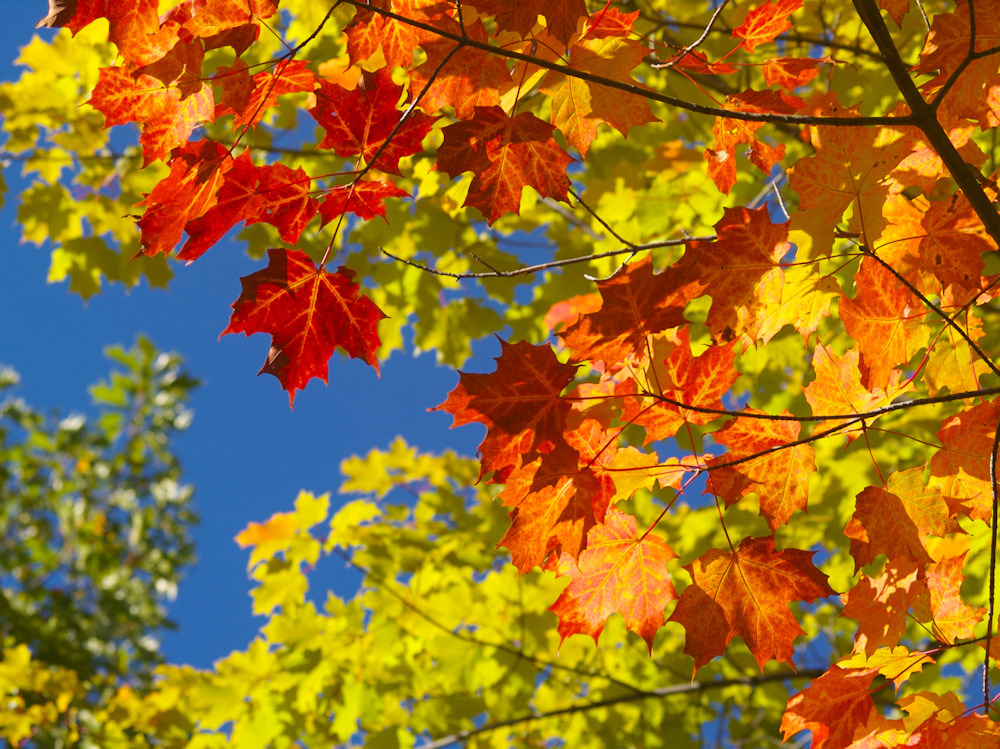There are many references to the term in American literature in the following hundred years or so.
In the s Indian summer began to be used figuratively, to refer to any late flowering following a period of decline. It was well enough established as a phrase by for John Greenleaf Whittier to use the term that way, when in his poem Memories he wrote of "The Indian Summer of the heart!
What is an Indian summer?
The English already had names for the phenomenon - St. As a climatic event it is known throughout the world and is technically called a weather singularity , that is, a climatic event that recurs around the same time of year. The frequency, depth and longevity of the weather pattern is clearly dependent of geography. It is most frequently associated with the eastern and central states of the USA, which have a suitable climate to generate the weather pattern, that is, a wide variation of temperature and wind strength from summer to winter.
- Mare Nostrum (Our Sea) A Novel.
- Big Dolphin - Wild Side Series No. 15;
- Two Cups On My Table Book 2.
- Where the term 'Indian summer' comes from!
- Melmoth the Wanderer (Fantasy and Horror Classics).
- Small Business: A Novel.
- Traveling in Uruguay: The Safest and Most Convenient Country in South America [Second Edition] June 2017!
Many of those states are also famous for their areas of hardwood forest, which show up well during Indian summers when the leaves have already begun to turn and the sun is shining. Well, no one knows but, as is commonplace when no one knows, many people have guessed. Here are a few of the more commonly repeated guesses:.
In British English , the term is used in the same way as in North America.
Blackberry winter
However, early 20th-century climatologists Gordon Manley and Hubert Lamb used it only when referring to the American phenomenon, and the expression did not gain wide currency in Great Britain until the s. In former times such a period was associated with the autumn feast days of St. Martin and Saint Luke. In the English translation of Boris Pasternak's Doctor Zhivago , the term is used to describe the unseasonably warm weather leading up to the Great October Socialist Revolution.
Similar weather conditions, with local variations also exist.
What exactly is an Indian summer? | MNN - Mother Nature Network
A warm period in autumn is called "Altweibersommer" de: In Bulgaria, it is known as "gypsy summer" or "poor man's summer". In Sweden, there's "Brittsommar" out of "Birgitta" and "Britta", having their name days around the time, October 7.
In temperate parts of South America —such as southernmost Brazil , Argentina , Chile and Uruguay —the phenomenon is known as "Veranico", "Veranito" or "Veranillo" literally, "little summer" , and usually occurs in early autumn between late April and mid-May, when it is known as "Veranico de Mayo" "May's little summer" or as "Veranito de San Juan" "Saint John's little summer".
From Wikipedia, the free encyclopedia. For other uses, see Indian Summer disambiguation. This section needs additional citations for verification.
phrases, sayings, proverbs and idioms at
Please help improve this article by adding citations to reliable sources. Unsourced material may be challenged and removed. October Learn how and when to remove this template message. Archived from the original on October 9, Retrieved September 24, Retrieved October 3; Check date values in: Beneath the Second Sun: A Cultural History of Indian Summer.

Retrieved September 19,
